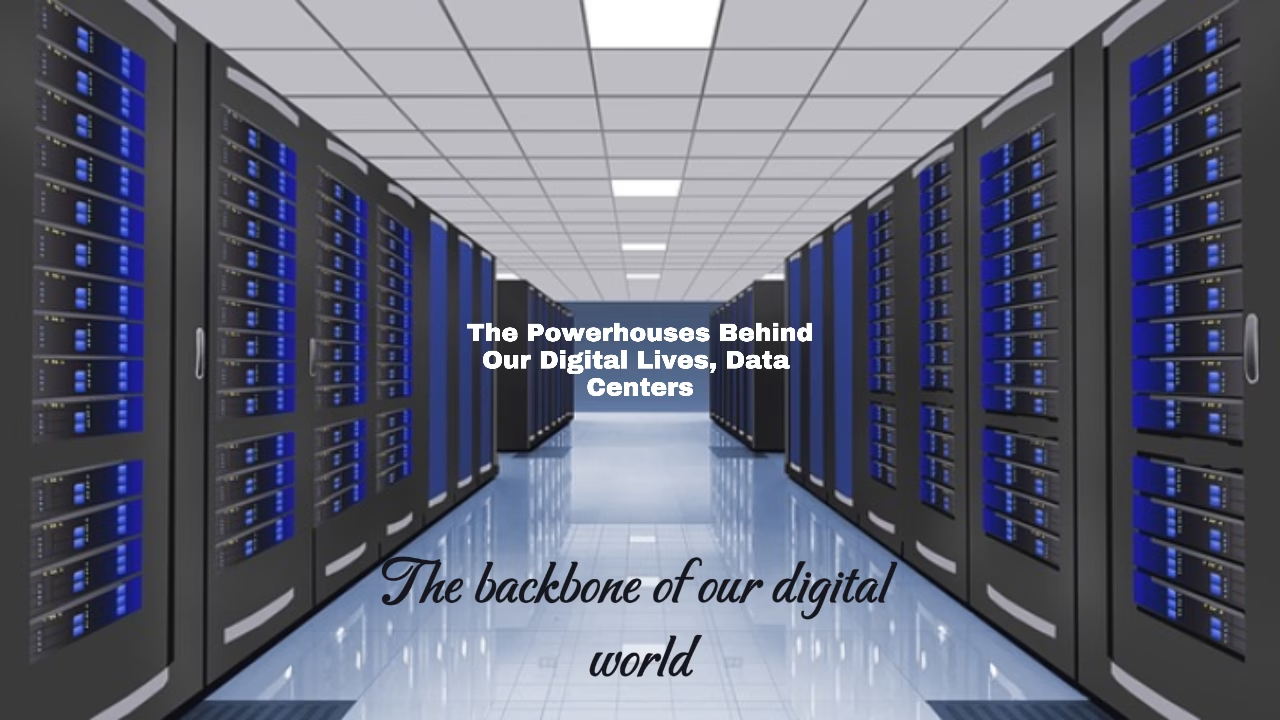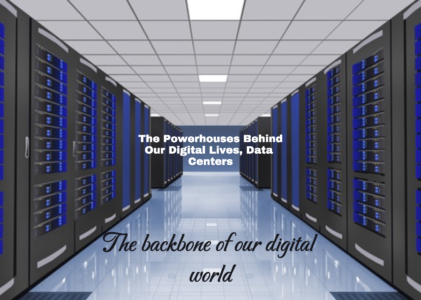Data Centers – Ever wondered what happens behind the scenes when your favourite show streams non-stop? Or how do work emails reach their destination in the blink of an eye? This is all thanks to data centres. These technological marvels are the unsung heroes of the connected world today, working tirelessly behind the scenes to ensure our online experiences are seamless.
Join us as we explore these unsung powerhouses that keep our digital lives running seamlessly. After this, I assure you that you will Ace Your Science exams.
Understanding Data Centers: The Heart of the Internet
A data centre is specifically an engineered facility for housing computer systems and the associated telecommunication equipment and storage systems. More simply, they form the brain and nervous system of the Internet, processing large amounts of data according to their function—processing, storing, and transmitting every second. These aren’t just rooms filled with servers; they are highly engineered environments ensuring optimal conditions for the sensitive equipment they host.
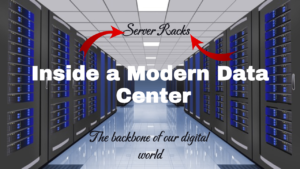
- Enterprise Data Centers: These are custom-built installations owned by large corporations. They provide full control and security.
- Colocation Data Centers: The facilities provide space, power, and cooling for the servers and networking equipment a business rents out.
- Cloud Data Centers: These are run by companies like Amazon Web Services, Google Cloud, and Microsoft Azure that power the cloud services used every day.
- Edge Data Centers: These are located closer to the users, and by processing data in the source area, latency is reduced— critical to technologies like autonomous vehicles and augmented reality.
Did you know? A large data center can use as much electricity as a small town!
Functions and Practical Uses
What are data centres responsible for?
- Storage of Data and Proper Management: From personal photos to critical business data, data centres provide secure, reliable storage for vast information.
- Data Processing: These facilities perform complex calculations, data analysis, and AI operations.
- Network Management: Generally these data centres are the ‘hubs’ for internet traffic and they route data across these global networks very efficiently.
- Disaster Recovery: Most of them become a backup location so that data can be accessed in the event of a disaster occurring at another facility.
- Cloud Services: The cloud services we use for everything from email to video streaming are run from data centres.
Case Studies: Efficiency at Work
Google’s AI-Powered Cooling System: In the past year, Google has implemented an AI-powered cooling system in its data centres, which reduced cooling energy usage by up to 40%. It predicts future temperatures and cooling requirements and optimizes real-time energy use accordingly.

Microsoft’s Underwater Data Center: Microsoft’s underwater data centre off the coast of Scotland taps into the ocean’s natural cooling saving up to 33% of its energy consumption. This controlled environment ensures higher reliability and a failure rate of just one-eighth of traditional land-based data centres.
Facebook’s Forest City Data Center: This facility in North Carolina uses outside air cooling 98% of the time for big energy savings. It recycles water used for cooling systems which saves waste of millions of gallons of water every year. Dr Yiyu Chen, University of Illinois Urbana-Champaign, goes on to elaborate, “The future of data centres is in their adaptive capacity for ever-growing data needs, at the least environmental cost. There are promising developments in the areas that include liquid cooling and AI-driven management systems.”
Niche Insights and Emerging Trends
Quantum-Ready Data Centers: With quantum computing on the horizon, data centres are beginning to adapt to the changes that are soon coming. There are already companies that offer quantum computing services through the cloud; in this case, data centre design must be specific and able to host such sensitive systems. Understand more about iOS Secrets
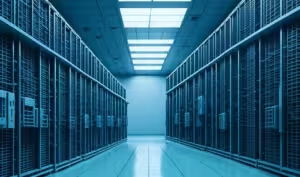
Innovations in Sustainable Cooling: The servers in some data centres involve experiments in two-phase immersion cooling, which is the cooling done by being submerged in a dielectric liquid, supplied as a vapour at low pressure, that vaporizes under the high heat of components, expanding, then condensing on cooler surfaces, thereby offering a wider heat exchange.
Edge Computing and 5G: As 5G networks spread, so will edge data centres. When it comes to applications needing low latency. Such as autonomous vehicles and the use of augmented reality—smaller, more distributed facilities will be very important.
AI for Predictive Maintenance: Now available are machine learning algorithms integrated to predict equipment failures before they occur. Thereby reducing potential downtime and increasing overall data centre reliability.
Environmental Impact and Sustainability Efforts
What is the biggest problem for data centres?
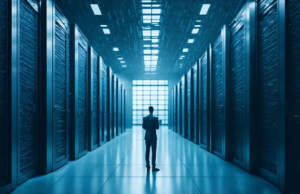
Energy Efficiency involves the use of advanced cooling systems and energy-efficient hardware. In a modern data centre to reduce the consumption of power for running.
Renewable Energy: The majority of operators invest in or buy renewable energy to run their facilities. Waste Heat Utilization: Innovative data centres recycle the heat generated by warming the surrounding buildings.
Water Conservation: Cooling water-saving technologies are going to reduce various types of environmental impacts.
The Future of Data Centers
Data centres are changing rapidly to keep up with our growing digital needs in two key areas:
Edge Computing: As more IoT devices come out into the market, edge data centres will also increase.
Artificial Intelligence: AI will make smart the operations of the data centre from cooling to workload management.
Sustainable Design: The next generation of data centres will most probably be designed with a view of sustainability built into them right at the outset.
Quantum Computing: These new powerful systems will begin coming online soon. Thus, data centres will have to change their designs to suit these new technologies.
Data Centers Careers and Job Opportunities
Data centres have a high number of job availabilities in terms of skill and expertise. From more practical, hands-on technical jobs to those more involved with strategy and management of the infrastructure, all kinds of opportunities are available. It’s also the largest company which established and further expanded its data centre operations throughout the globe like of Microsoft, Apple, Amazon, Google and Nvidia.
Technician Job Opportunities | DCIM software
In the case of data centres, technicians are integral to keeping the facilities up and operational. Hardware installation, hardware troubleshooting, and basic networking are skills most entry-level jobs will require. As you rise up the ranks in any of these industries, you start specialising: like how technicians can now manage AI data center infrastructure using DCIM software.
Managing the complex infrastructure characterizing data centres is no walk in the park. This is more so the case when it comes to DCIM software engineered for monitoring, managing, and optimising resources to ensure everything runs from power usage to cooling systems in top gear. This is one area that is fast changing due to the infusion of AI, so it is interesting time for those interested in where technology and management meet.
AI in Data Centers
Artificial intelligence will drive the transformation of data centre operations. From predictive maintenance, cooling systems optimization, and even workload management, these are the kinds of workloads driven by AI. This niche holds great potential in careers linked with the continuous advancement of AI, which is going to bring out newer and more innovative roles.
The Construction and Expansion of the Data Center
With great digital demands comes the need for more data centres. Companies such as Amazon and Nvidia set the lead in constructing new facilities, many of which are of the then-current technology and include sustainable practices. This is a growth that creates a myriad of opportunities in construction, engineering, and consultancy, especially for those interested in shaping the future of data centre design.
Data centre consultants take on the role of industry advisers for performance optimization within the data centre facility. They also recommend new technologies to implement and scalability issues. Often, this calls for an understanding of the latest industry trends with a focus on the ability to apportion the best-fitting solutions against the specific needs of a client.
Conclusion
Data centres are the backbone of our digital world, running nonstop to provide seamless connectivity and services. So, with advancing technology, these powerhouses will keep evolving into efficiency and sustainability. Becoming more integral in our daily lives. So, next time you check your email, stream a movie or simply browse the internet. Take a minute and appreciate the billions of dollars worth of data centre infrastructure that makes it all possible.

